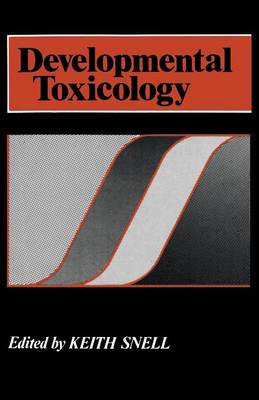Since the 1930s and the work of Hale and Warkany on birth defects produced by variations in dietary vitamin A, it has been recognised that the developing fetus is particularly vulnerable to adverse influences in the environment. . Studies of malformations at birth remained largely in the hands of paediatricians who, for instance, quickly established the con nection between rubella infection in early pregnancy and the birth of severely affected infants. However, it was through the tragic events of 1962, when dramatic increases in the incidence of phocomelia in newborn infants in Germany, the United Kingdom, Japan, and other countries were traced to the use of the apparently non-toxic sedative thalidomide by pregnant women, that toxicologists were brought face to face with the devastating possibility of chemically-induced developmental abnormalities. It had been shown earlier that chemotherapeutic agents could cause damage to the developing organism, but the absence of any known examples of drug-induced birth defects had produced an air of complacency which was reinforced by the lack of any specific regulatory requirements for safety evaluation in this area. The magnitude of the thalidomide tragedy, affecting some 10000 malformed children, was sufficient to cause an immediate, and some would say hasty, reaction by government drug regulatory agencies throughout the world to construct a test protocol which would detect potential teratogenic substances that might give rise to anatomical malformations.
- ISBN13 9781461597926
- Publish Date 18 March 2012
- Publish Status Active
- Publish Country US
- Imprint Springer-Verlag New York Inc.
- Edition Softcover reprint of the original 1st ed. 1982
- Format Paperback
- Pages 350
- Language English
